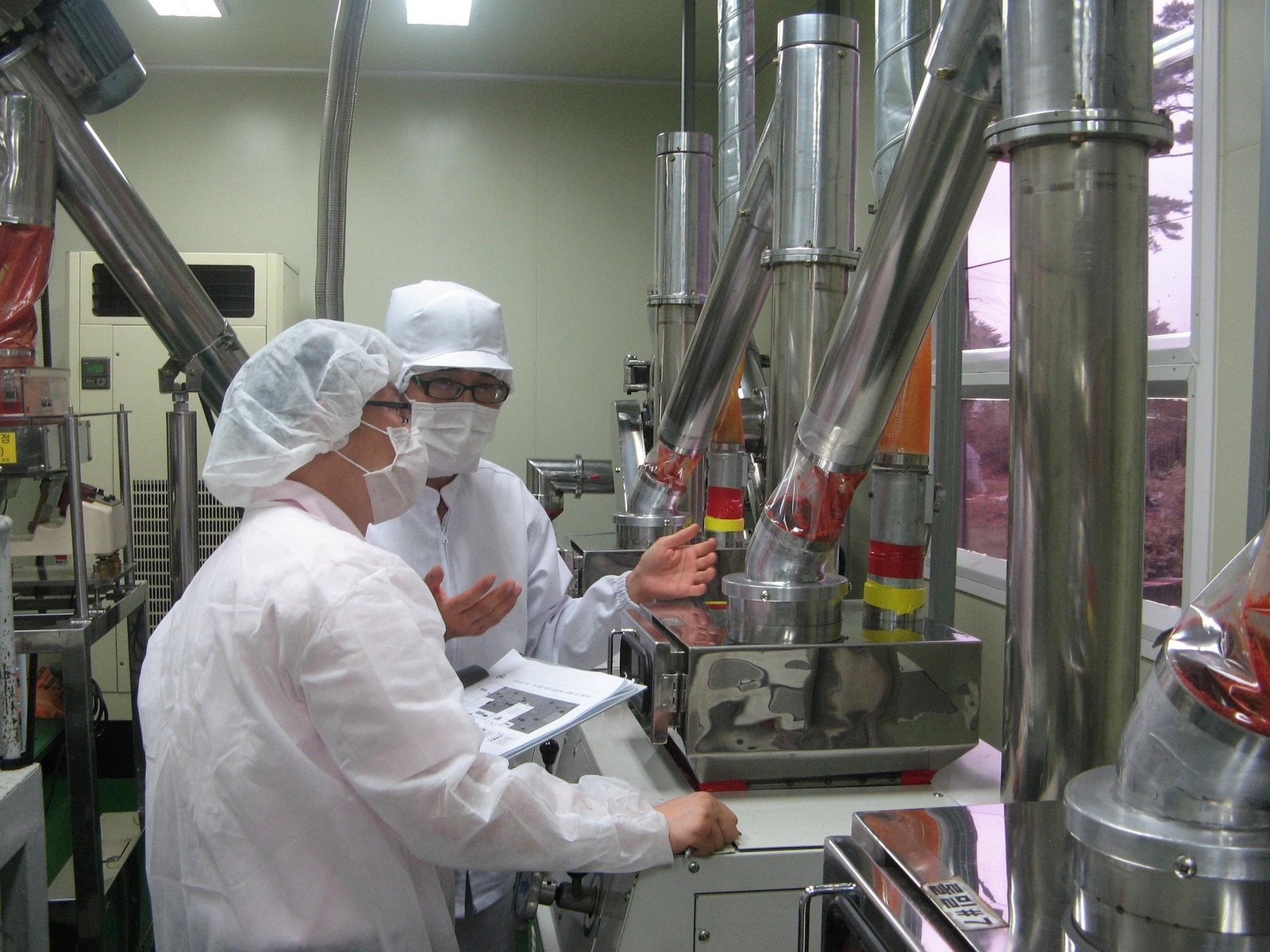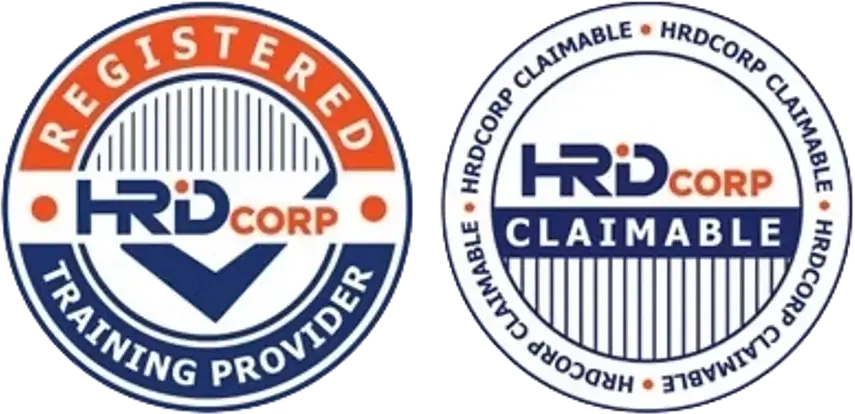Why Is Documentation Still the Heart of Every GMP Audit?
When it comes to Good Manufacturing Practice (GMP), one principle remains unchanged over decades —
“If it’s not documented, it didn’t happen.”
No matter how well your factory operates, poor documentation can easily result in non-compliance findings during a GMP audit.
That’s why documentation continues to be the core evidence that proves product safety, quality, and traceability.
Let’s explore why documentation remains the heart of every GMP audit, and what SMEs can do to maintain compliance efficiently.

1. The Foundation of GMP Compliance
-
GMP documentation provides proof of control and consistency in manufacturing.
-
It serves as the backbone of every audit, showing that procedures are being followed as written.
-
Without clear records, auditors cannot confirm compliance — even if the work was properly done.
-
Documentation demonstrates:
-
Who performed each task.
-
When and how it was performed.
-
What results were obtained and verified.
-
2. Evidence of Process Control
-
GMP is built on controlled, repeatable processes.
-
Key documents required include:
-
Standard Operating Procedures (SOPs)
-
Batch Manufacturing Records (BMRs)
-
Equipment Calibration Logs
-
Cleaning and Maintenance Records
-
-
These records prove that all production steps were consistent and validated.
-
Auditors use them to verify that actual practices match written procedures.
3. Traceability and Product Recall Management
-
Complete documentation ensures full product traceability — from raw materials to final packaging.
-
Allows manufacturers to:
-
Trace a defective batch quickly.
-
Identify which materials or machines were involved.
-
Perform recalls efficiently and accurately.
-
-
Without documentation, traceability breaks — creating regulatory and safety risks.
4. Protects the Manufacturer During Investigations
-
In cases of customer complaints or contamination incidents, documentation is your legal defense.
-
Records show that all GMP procedures were followed correctly.
-
Helps prove due diligence to regulators, buyers, or insurance providers.
-
Poor or missing documentation often results in:
-
Product rejection
-
Audit failure
-
Loss of certification or export approval
-
5. Ensures Data Integrity and Transparency
-
Modern GMP audits emphasize data integrity — ALCOA principles:
-
Attributable – Who performed it
-
Legible – Clear and readable
-
Contemporaneous – Recorded at the time of action
-
Original – True copy or source
-
Accurate – Correct and verified
-
-
Proper documentation ensures records are reliable, verifiable, and tamper-proof.
-
Builds trust between manufacturers, auditors, and global regulators.
6. Facilitates Continuous Improvement
-
Documentation provides a feedback loop for improvement.
-
Helps identify trends in:
-
Equipment breakdowns
-
Deviations and corrective actions
-
Quality control rejections
-
-
Enables management to make data-driven decisions for better performance and cost reduction.
7. Supports Training and Staff Competency
-
Well-maintained SOPs and logbooks are vital for training new employees.
-
Serves as a consistent reference for:
-
Equipment operation
-
Hygiene protocols
-
Quality testing procedures
-
-
Reduces variation in performance and ensures compliance continuity.
8. Common Documentation Mistakes in SMEs
-
Missing or unsigned records
-
Outdated SOPs still in use
-
Manual entries without verification
-
Poor handwriting or illegible logs
-
Lack of revision control for documents
-
These errors may seem small but can lead to major non-conformities in a GMP audit.
9. Digital Documentation: The Next Step Forward
-
Transitioning to electronic documentation systems (eQMS) improves:
-
Accuracy and security of data
-
Audit readiness (faster record retrieval)
-
Real-time traceability
-
Environmental sustainability (paperless GMP)
-
-
Digital tools also help SMEs reduce human error and record duplication.
🌍 Final Thoughts
Documentation is not just paperwork — it’s the living proof of GMP compliance.
It shows auditors, regulators, and buyers that your processes are controlled, consistent, and credible.
Whether your facility is large or small, investing in strong documentation practices is the simplest way to pass audits, maintain certifications, and build global trust.
👉 At CAYS Scientific, we help SMEs set up GMP documentation systems that are efficient, compliant, and audit-ready — tailored for food, pharmaceutical, and medical device industries.



